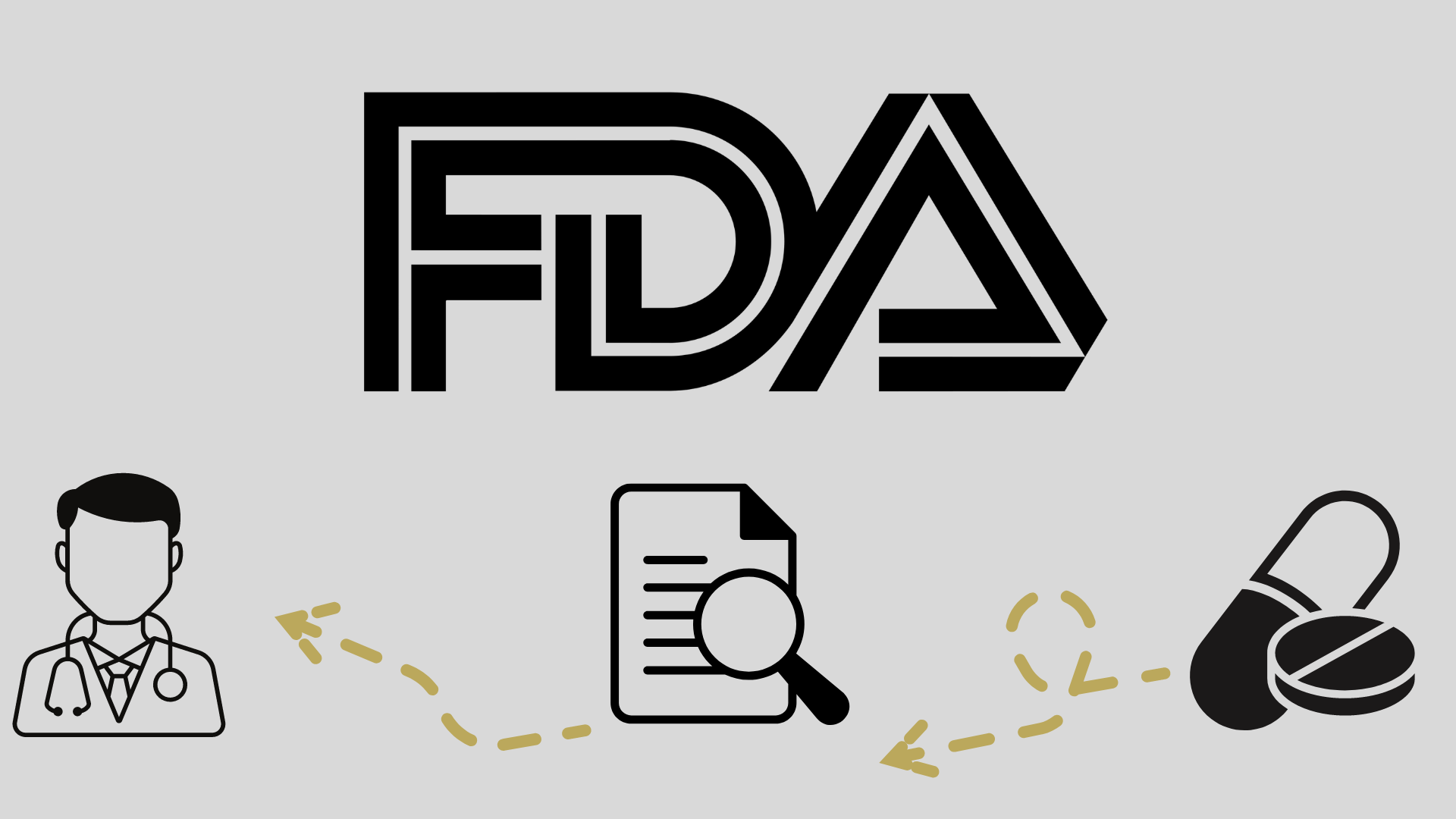
BLA Seeks Approval of Obe-Cel in B-ALL From the FDA

The biologics license application seeking the approval of obe-cel as a potential therapeutic option in adult patients with relapsed/refractory B-cell acute lymphoblastic leukemia has been submitted to the FDA.
- The biologics license application (BLA) of obecabtagene autoleucel (obe-cel; AUTO1) is supported by phase 2 FELIX study (NCT04404660) results.
- In this study, 21.3% of the 94 patients infused with obecatagene autoleucel had a complete response or complete response (CR) with incomplete count recovery (CRi).
- Updated data from FELIX will be presented at the upcoming American Society of Hematology (ASH) 2023 Annual Meeting.
The FDA has received a BLA seeking the approval of obe-cel as a potential therapeutic option in adult patients with relapsed/refractory B-cell acute lymphoblastic leukemia (B-ALL), according to Autolus Therapeutics.1
Findings from the
Additionally, 97% of patients who responded were minimal residual disease (MRD) negative at the 10-4 level via flow cytometry.
“We are looking forward to continuing working with the FDA through the regulatory approval process,” said Christian Itin, PhD, chief executive officer of Autolus Therapeutics, in a press release.1 “I would like to thank the treating physicians, patients, caregivers, and the dedicated team at Autolus for their support, trust and commitment for the program to reach this important milestone.”
Obe-cel is an investigational chimeric antigen receptor (CAR) T-cell therapy that has a fast target binding off-rate. The agent works to reduce excessive activation of the programmed T cells, which leads to less toxicity and T-cell exhaustion, enhanced persistence, and high levels of durable remissions in this patient population.
In the open-label, multi-center, FELIX study, adult patients with relapsed/refractory B-ALL were enrolled if they had an ECOG performance status of 0 or 1. Enrollment was also open to patients who were positive for a Philadelphia chromosome if they were intolerant to a tyrosine kinase inhibitor (TKI), had failed 2 previous lines of treatment with any TKI or 1 line of a second-generation TKI, or had a contraindication to a TKI.
Once enrolled, patients were given bridging therapy during the obe-cel manufacturing period and preconditioning therapy with 30 mg/m2 of fludarabine and 500 mg/m2 of cyclophosphamide, followed by split-dose infusion of obe-cel on day 1 and day 10 of treatment.3 Investigators looked at the primary end point of CR/CRi and secondary end points of event-free survival, overall survival, MRD-negativity rate, safety, and duration of response (DOR).
Among patients enrolled in the study, baseline characteristics showed that the median age of patients given an infusion of obe-cel was 50 years (range, 20-81), the median number of prior lines of therapy was 2 (range, 1-6), and most patients (53.2%) were refractory to their most recent prior line of therapy. The majority of patients did not receive prior stem cell transplant (61.7%). Further, 35.1% received prior blinatumomab (Blincyto), 31.9% had prior inotuzumab ozogamicin (Besponsa), and 16.0% had received both agents.
Additional findings from the study showed that 61% of responders were in ongoing remission with no new anti-cancer therapies at the data cutoff of March 16, 2023. At this time, the median DOR was 14.1 months (95% CI, 5.9-not estimable) among patients.2
For safety, any-grade and grade 3/4 cytokine release syndrome (CRS) was observed in 75.5% and 3.2% of infused patients, respectively. Rates were 64.9% and 2.7% in patients with bone marrow (BM) blasts that were up to 20% at preconditioning (n = 37) and 82.5% and 3.5%, in those whose BM blasts were greater than 20% (n = 57), respectively.
Any-grade and grade 3/4 immune effector cell-associated neurotoxicity syndrome (ICANS) rates were 25.5% and 7.4% in all infused patients, respectively. When broken down by BM blasts, these rates were 13.5% and 2.7%, respectively, among patients with BM blasts up to 20%. The rates were 33.3% and 10.5%, respectively, in those with BM blasts that were greater than 20%.
For treatment-emergent adverse events (TEAEs), any grade TEAEs were seen in 98.9% of patients, with the most common any-grade TEAEs being CRS (75.5%), neutropenia/decreased neutrophil count (39.4%), thrombocytopenia/decreased platelet count (28.7%), nausea (28.7%), and pyrexia (27.7%). Grade 3 or greater TEAEs occurred at a rate of 78.7% and included neutropenia/decreased neutrophil count (36.2%), thrombocytopenia/decreased platelet count (25.5%), febrile neutropenia (25.5%), anemia (19.1%), ICANS (7.4%), hypotension (4.3%), CRS (3.2%), nausea (1.1%), and pyrexia (1.1%).
Updated data from the FELIX trial are expected to be presented at the upcoming ASH Annual Meeting in December 2023.
REFERENCES
Autolus Therapeutics submits biologics license application to US Food and Drug Administration for obecabtagene autoleucel (obe-cel) for patients with relapsed/refractory (r/r) adult B-cell acute lymphoblastic leukemia (ALL). News release. Autolus Therapeutics. November 27, 2023. Accessed November 27, 2023. https://tinyurl.com/5n8p6h77
Roddie C, Sandhu KS, Tholouli E, et al. Safety and efficacy of obecabtagene autoleucel (obe-cel, AUTO1), a fast-off rate CD19 CAR, in relapsed/refractory adult B-cell acute lymphoblastic leukemia (r/r B-ALL): top line results of the pivotal FELIX study. J Clin Oncol. 2023;41(suppl 16):7000. doi:10.1200/JCO.2023.41.16_suppl.7000
A study of CD19 targeted CAR T cell therapy in adult patients with relapsed or refractory B cell acute lymphoblastic leukaemia (ALL). ClinicalTrials.gov. Updated August 28, 2023. Accessed November 27, 2023. https://clinicaltrials.gov/study/NCT04404660










































